In March 1982, parked in a remote area of swamp forest in north-western Tasmania, wildlife ranger Hans Naarding was asleep in his vehicle. When he woke up at 2am, it was dark and raining heavily. Out of habit, he switched on his torch and scanned the surrounding area.
“As I swept the beam around, it came to rest on a large thylacine, standing side-on some 6-7m distant,” he later wrote. “I decided to examine the animal carefully before risking movement. It was an adult male in excellent condition with 12 black stripes on a sandy coat. Eye reflection was pale yellow. It moved only once, opening its jaw and showing its teeth.”
- Should the Tasmanian tiger live again? Why bringing back the extinct thylacine COULD be a wildlife game-changer
- Why this skinned head preserved in ethanol for more than 100 years has got de-extinction experts so excited
When Naarding reached for his camera bag after several minutes, the movement spooked the creature, and it slunk away into the undergrowth.
The encounter was kept secret while an intense search for thylacines was initiated in the surrounding area, but nothing was ever discovered. Naarding’s thylacine, it seemed, had vanished into the night. There was just one problem with this remarkable sighting.
According to the International Union for Conservation of Nature (IUCN), the world authority on rare and threatened species, the thylacine – a dog-sized predatory marsupial also known as the Tasmanian tiger – was extinct in 1982. The last known individual died in 1936 in Hobart Zoo; the last reliable sighting of a wild one dates back to 1933. The species died out some time after the mid-1960s.
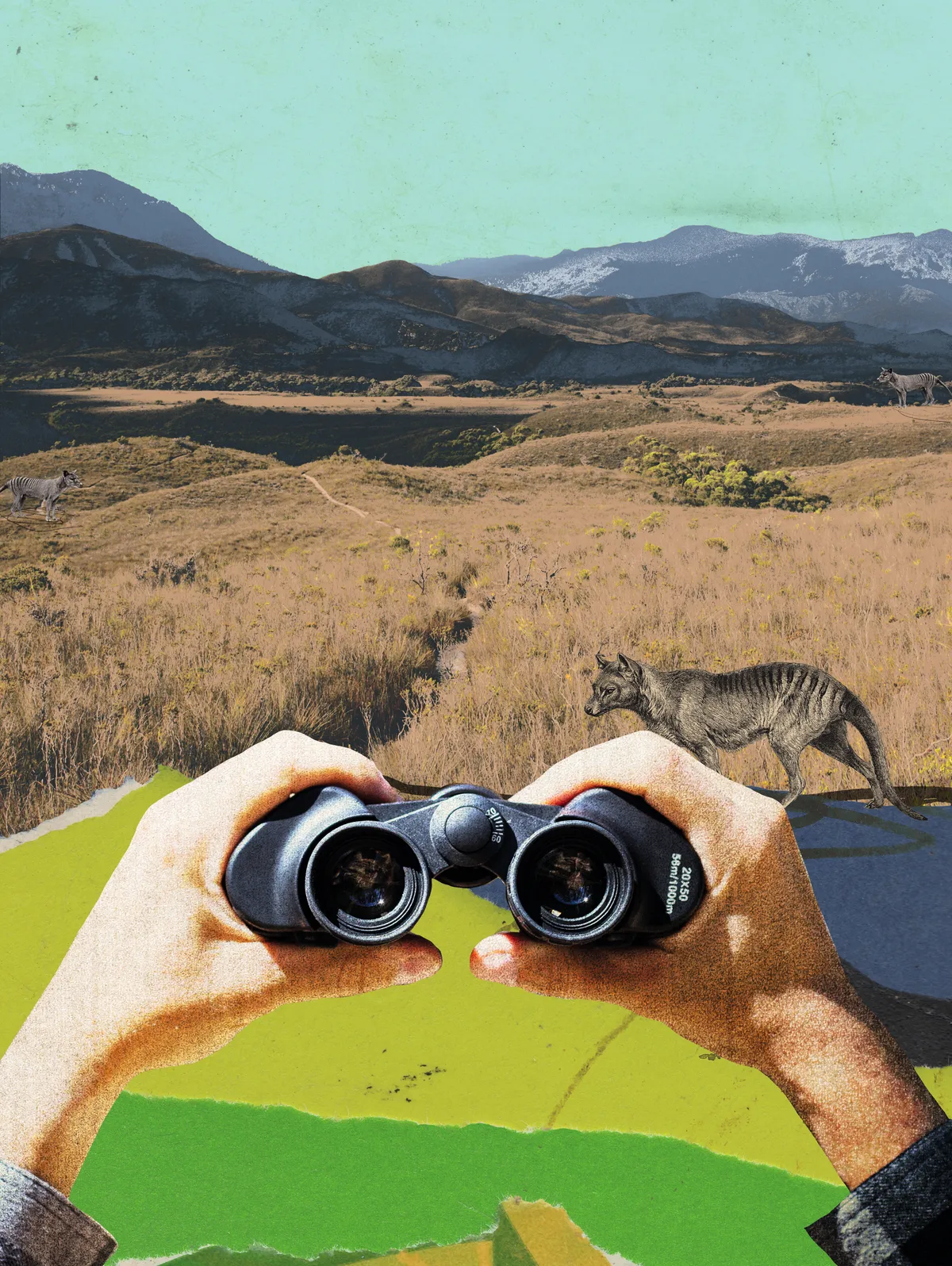
Why were thylacines hunted to extinction?
Thylacines had long since disappeared from mainland Australia when British colonists arrived in the late 18th century, with an estimated 2,000-4,000 remaining on the island of Tasmania.
But, as a perceived threat to livestock, their days were numbered. The introduction of commercial sheep farming in the 1820s triggered a brutal persecution programme, culminating in a government bounty payment scheme that ran from 1888 to 1909. This probably reduced thylacine numbers to the point of no return.
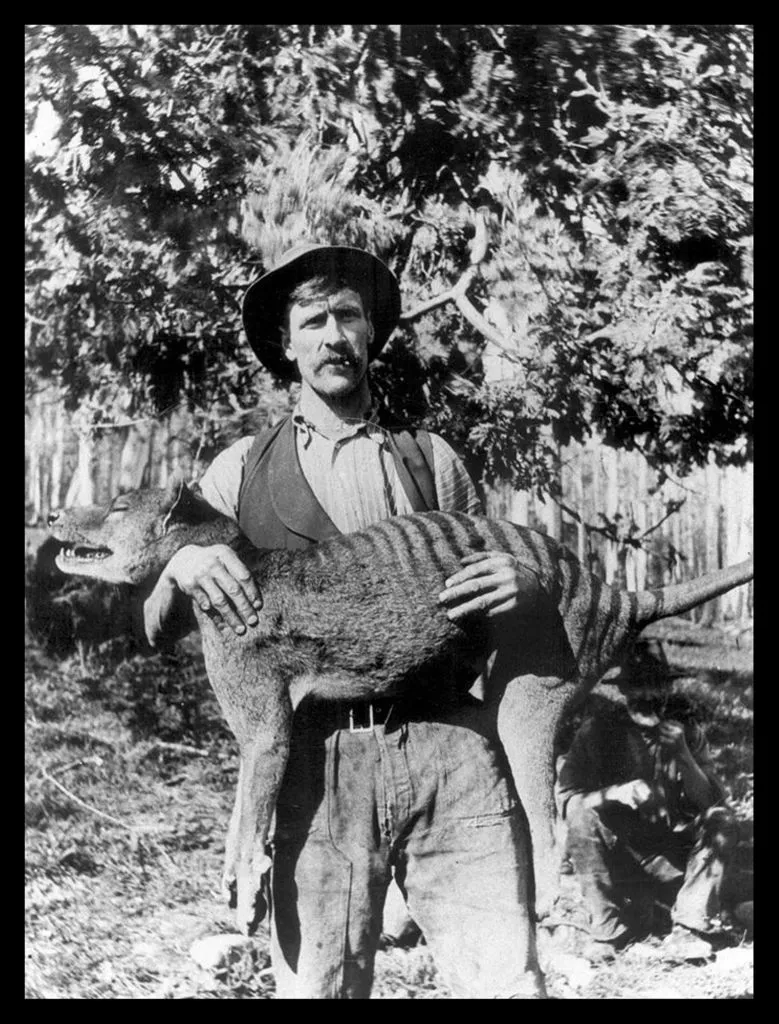
Nevertheless, many Tasmanians have refused to accept that the species has disappeared. Some have spent years searching obsessively for it. To say these quests are akin to a belief in UFOs or Bigfoot may be unfair, but they certainly attract the more extreme fringe of the cryptozoology spectrum. By and large, academics and wildlife conservationists have kept out of the debate, or at least not voiced strong opinions either way.
But in 2021, the story of the thylacine took a different turn. Barry Brook, a conservation biologist at the University of Tasmania, pre-published a paper on the marsupial, in which he analysed more than 1,200 sightings and other records dating from 1910 to the present day.
He assigned each record a rating from one to five, depending on how likely he thought it was to be true, taking into account how far away the animal was said to have been, how long it was observed for and the professional expertise of the witness or witnesses. If there was more than one, that increased the score.
Brook fed these assessments into a computer model to estimate when the thylacine was likely to have gone extinct. The results sent shockwaves through the wildlife conservation establishment.
“Contrary to expectations, the inferred extinction window is wide and relatively recent, spanning from the 1980s to the present day, with extinction most likely in the late 1990s or early 2000s,” he reported. “While improbable, the aggregate data and modelling suggest some chance of ongoing persistence in the remote wilderness of the island.”
In other words, the thylacine either died out only two decades ago or – astonishingly – still persists.
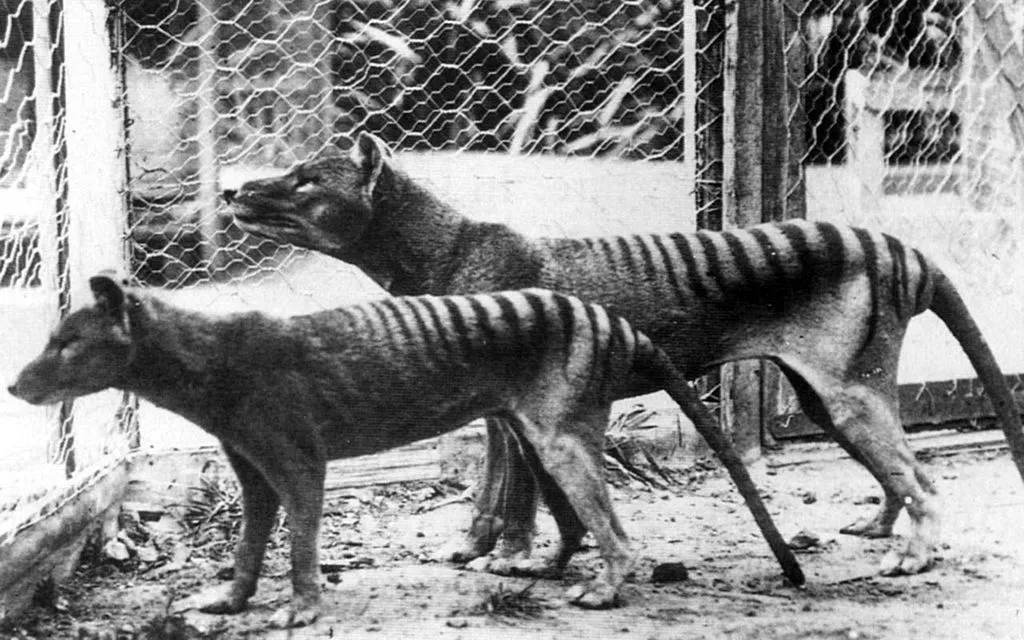
What's so special about the thylacine?
There are a number of species that, like the thylacine, hover in a state of conservation purgatory, assumed extinct due to lack of sightings over the course of many decades, yet still rooted for, often by enthusiastic amateurs.
The ivory-billed woodpecker, which may or may not cling on in tiny numbers in Cuba and Louisiana, is one of the best known; the Australian night parrot was believed to be extinct for the best part of a century until a couple of dead birds were found in the late 1990s and early 2000s. Photographs of live animals released in 2015 caused a sensation.

But, for various reasons, it’s probably true to say that the idea of a living, breathing thylacine makes more hearts beat faster; more hairs stand on end. Why? According to Brook, beyond the usual platitudes of almost any species being unique and remarkable, there’s something special about this one.
For a start, even if you believe that it went extinct somewhere between the 1960s and 1980s, it was still around until relatively recently, unlike, say, the dodo. “We’ve got videos of it, we’ve got photographs, we’ve got eye-witness testimony,” he says. “There’s a tangible sense that it was here, and that we should have saved it while we had the opportunity.”
Moreover, the thylacine was almost as big as a wolf, and was also a predator. Unlike almost all other marsupials alive today, it didn’t subsist on a diet of grass, eucalyptus leaves or invertebrates. The only other truly carnivorous marsupials are the Tasmanian devil, which is about the size and shape of a bull terrier, and various species of quoll, the largest of which is about cat-sized.
And then there’s the thylacine’s resemblance to a dog or wolf – despite the fact that placental mammals split from marsupials some 160 million years ago – making it a perfect example of convergent evolution. Dogs and wolves are more closely related to elephants than they are to thylacines. “Yet if you hold a thylacine and dog skull together, you’ve got to know what you are looking for to be able to tell them apart,” says Brook.
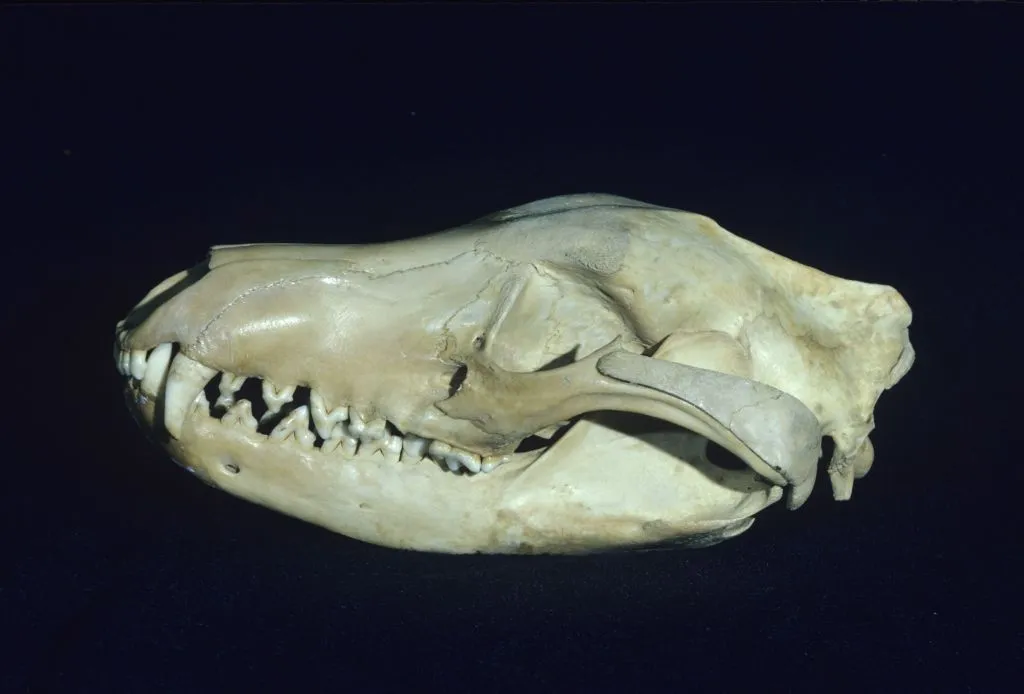
How many sightings of thylacines have there been recently?
Though the sighting by Naarding is by far the most famous of the last 40 or 50 years, there have been plenty of others that are almost as remarkable.
In May 2002, for example, an environmental scientist reported two sightings of an adult and a juvenile in the same location on two separate days. And in February 2018, three cyclists on the Lyell Highway, just west of Derwent Bridge, apparently saw a thylacine cross the road in front of them. “Stripes noted,” the report states economically.
What does one make of these? Nick Mooney, a former Tasmanian parks ranger and now a wildlife conservation consultant and writer, has researched many sightings exhaustively. He thinks that if you believe the thylacine has been extinct for the past 40 or 50 years, there are three possibilities to explain them.
“Either the person was lying, or they mistook another animal for a thylacine, or they had an illusion – a sort of waking dream,” he says. In the case of Naarding, an experienced park ranger, you can rule out the idea that he made a mistake – so either he deliberately faked the account, or he dreamt it. The other possibility is, of course, that it’s true.
In fact, one might argue that Naarding’s account is more likely to be true than not, that he happened to see one of the very last living thylacines, and that the species went extinct some time after 1982. But if that’s the case, how do you explain the more recent stories, assuming they weren’t fabricated?
“Judgements of time and distance, especially when people are excited, vary wildly from precise to woeful,” Mooney says. “One report from the north-east was faithfully reported as 200m, but the measured distance was just under 400m, an impossible distance to see detail at.”
It also means that any judgement of the size of the animal in question will be similarly inaccurate. Brook agrees. He believes most big-cat sightings in countries such as the UK are almost always domestic cats that have been seen at a distance that is very difficult to judge.
Brook’s main role at the University of Tasmania is studying mammal population dynamics, and to do that he has some 500 camera traps operating at any one time. And as well as taking pictures of wallabies, wombats, devils and possums, he also gets thousands of images of feral cats.
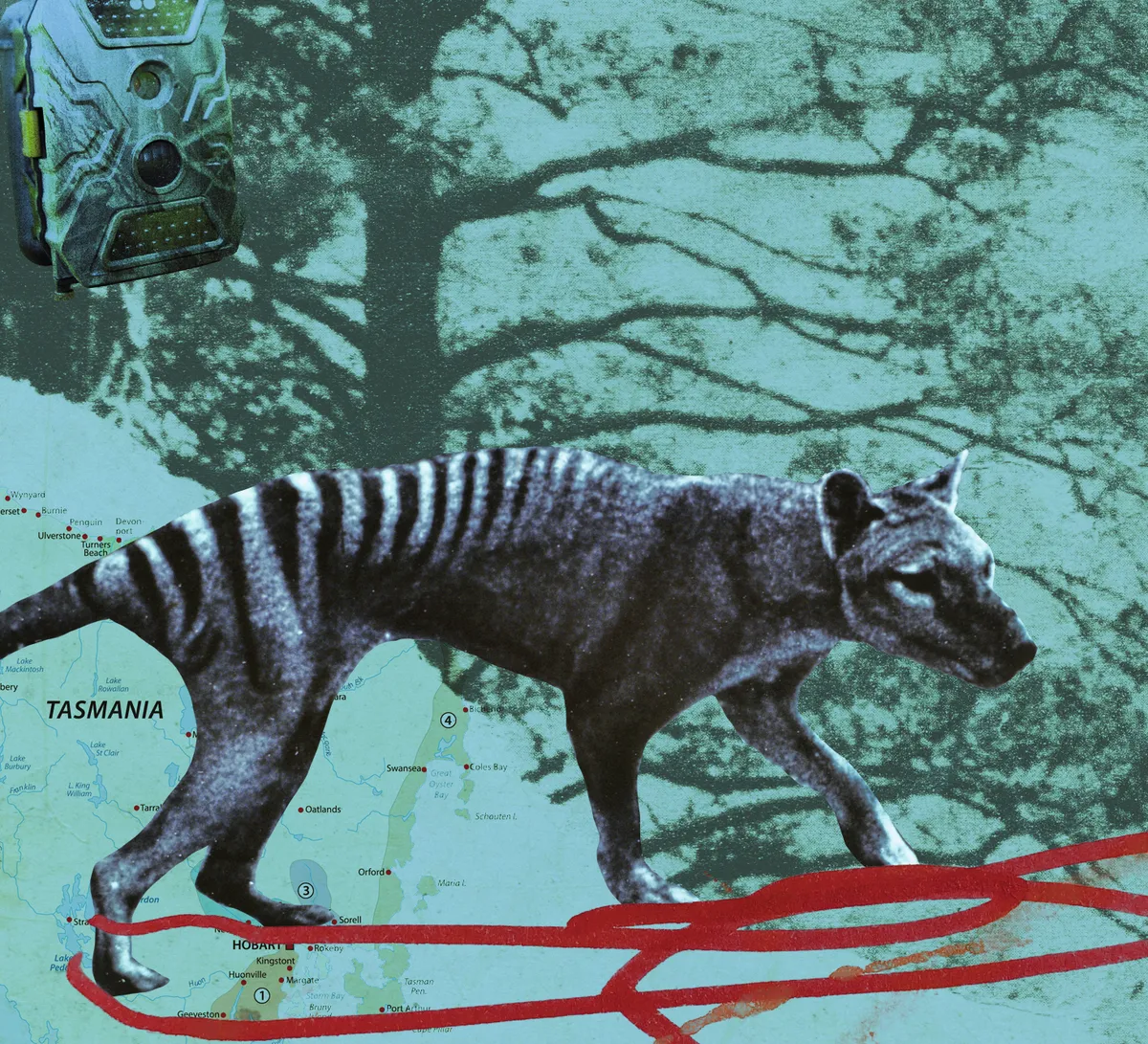
“I have all the images in a little thumbnail directory, and with the cats, I often do a double-take and think, ‘What’s that?’” he says. “And I click on it, and go, ‘Oh, it’s a cat.’ But that’s interesting, because that little thumbnail is effectively what people are seeing from 100 yards or so away. They see the back end of an animal, they see the colour and their mind fills in the rest. They think, ‘That’s not a cat’. Or they don’t even think about a cat.”
Could there still be thylacines in the wild?
Is it even vaguely plausible that there are still thylacines in Tasmania? The Australian island state is roughly four-fifths the size of Ireland, with vast uninhabited and rarely visited areas, especially in the west and south-west.
Many people believe that if the marsupials survive anywhere, it is in these wildernesses, though others claim the habitat is far from ideal, with low densities of their preferred prey species, such as wallabies. But that doesn’t necessarily matter, says Australian mammal expert Jack Ashby of the University of Cambridge.
“There were capture records from the south-west under the bounty system,” he says. Much of this part of Tasmania is virtually inaccessible, with dense, tangled thickets of eucalyptus, so they really could be there, albeit in low numbers, below the radar. But while Ashby’s heart would love that to be true, his head says they’ve probably gone.
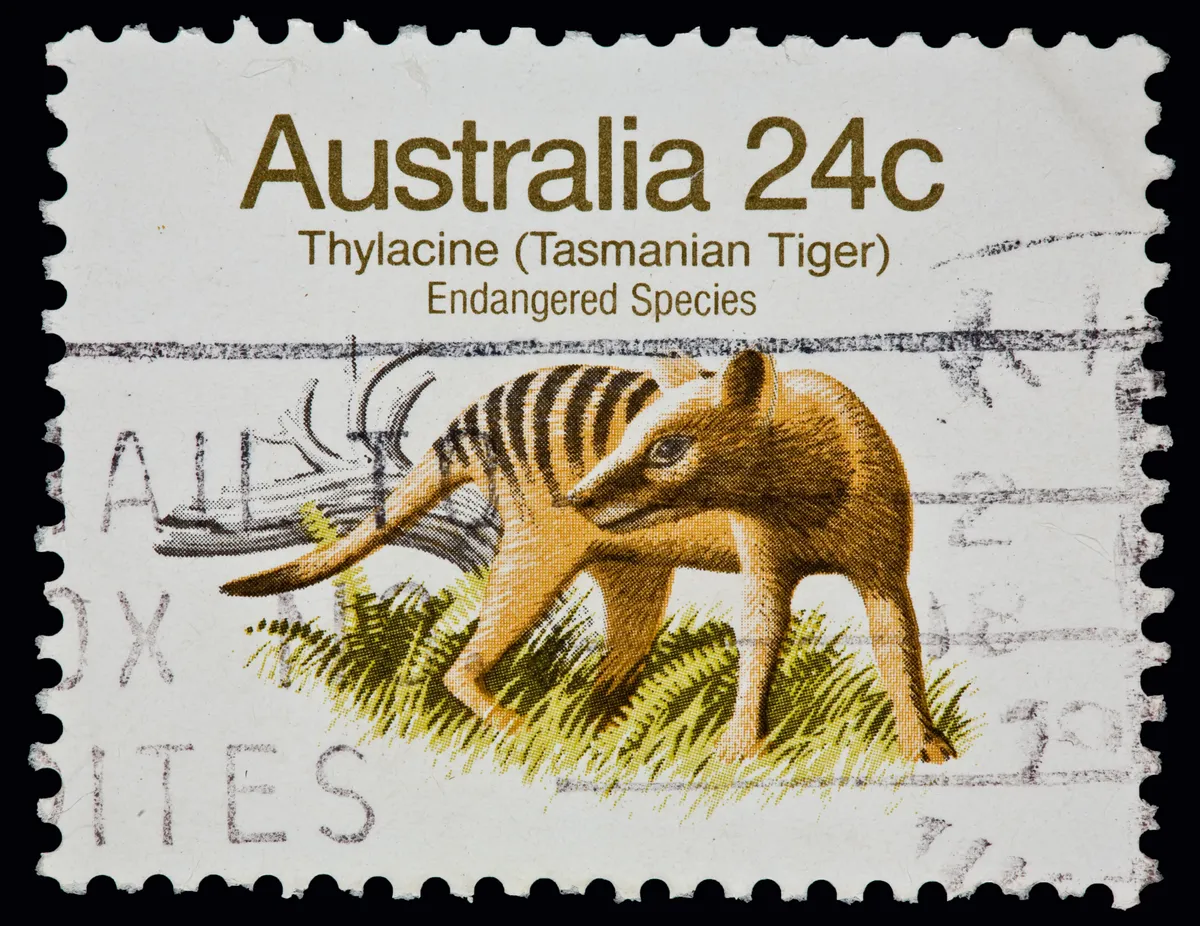
Warren Darragh is part of the Thylacine Research Unit, a group of scientists, naturalists and specialists that investigate reliable sightings. If they had unlimited money, he says, they’d hire a boat, head down to the south-west and walk in from the coast. Then they’d install some 500 cameras and hope to drive any animals towards them.
“Tasmania covers 64,000km² and is a very diverse landscape,” he says. “That’s about double the size of Belgium and three times the size of Wales. Yellowstone National Park is only 9,000km². To add to the challenge, about 40% of Tasmania is protected reserves.” The protected area of Tasmania, therefore, is equivalent to three Yellowstones, which is ample room to keep the mystery of the thylacine alive and kicking for a few decades yet.
Despite the fact that he frequently works in remote parts of Tasmania and has an interest in the thylacine, Brook says he hasn’t spoken to many people with credible encounters to report. There is one that piques his interest, however. A well-known bushwalker who regularly visits the remote south-west, described a sighting during a drive back from Queenstown (near the west coast). It seems unlikely he’s lying, Brook says, because he could have fabricated a far more compelling account if he’d wanted to.
“He thought he saw one from his truck, in a plausible place, while driving through wilderness from one town to another,” says Brook. “What do you make of that sort of sighting? These are the problem cases. But I remain open-minded.”
The balance of probability is that the thylacine is gone, yet this animal continues to maintain a hold over almost anyone with an interest in natural history who visits Tasmania (along with many who don’t).
Jack Ashby has been there many times in the past 20 years, and is always on the lookout. “Every time you drive past a firebreak, your head turns,” he says. “There’s something about thylacines that makes you want to believe in them.”
Four living tassie wonders
Spotted-tailed quoll (Dasyurus maculatus)
Though not endemic to Tasmania, like devils, spotted-tailed (or tiger) quolls should be on your list of species to see there, as their range is limited on mainland Australia.
Tasmanian devil (Sarcophilus harrisii)
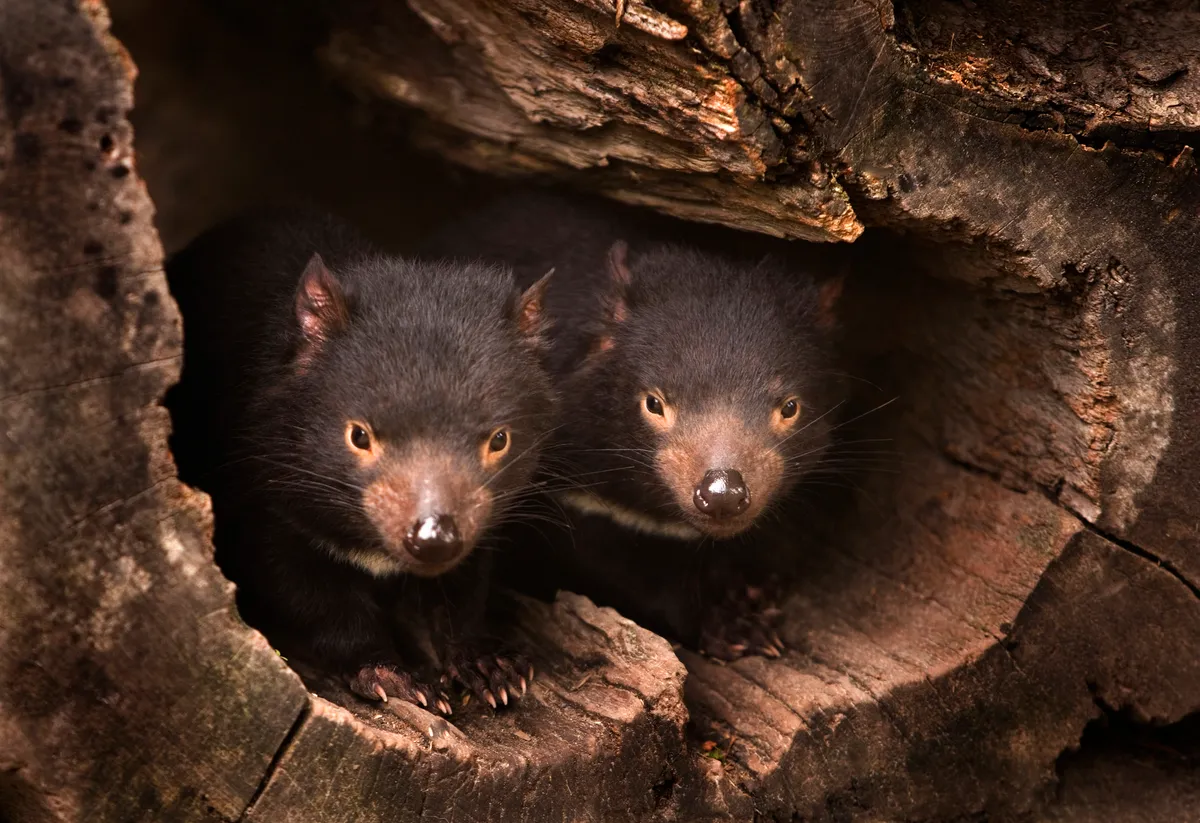
Tasmanian devils are probably the main reason to go to Tasmania if you love wildlife. It is the largest surviving carnivorous marsupial. There’s at least one operator who will organise ‘devil restaurants’, where roadkill wallabies are staked out in front of a hide to lure them in.
Tasmanian pademelon (Thylogale billardierii)

The Tasmanian pademelon is a small, stocky species of macropod (related to kangaroos and wallabies). This nocturnal animal is abundant on the island.
Short-beaked echidna (Tachyglossus aculeatus)
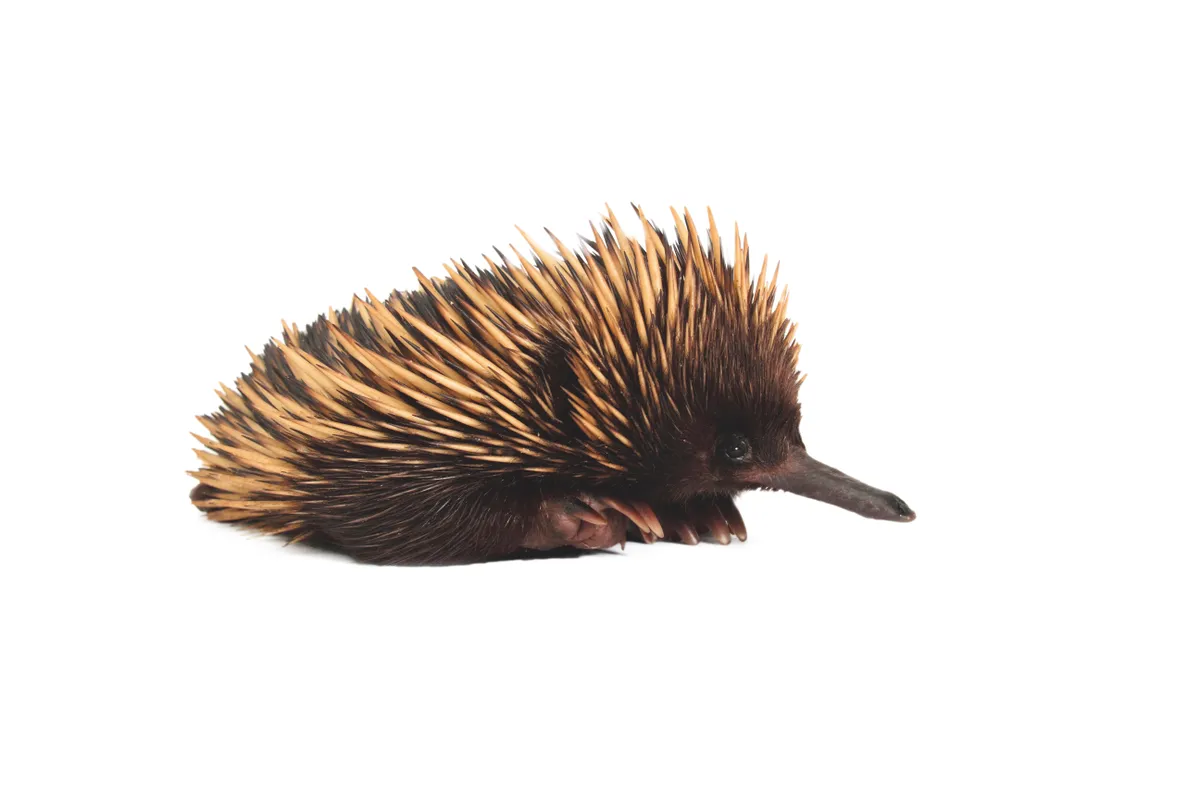
The strange and wonderful short-beaked echidna – related to the platypus, but with spines like a hedgehog – is definitely worth looking for in the dry, open country on the east coast.
Back from the dead: meet 10 animals once presumed extinct
Main image: A thylacine at Hobart Zoo in Tasmania, Australie. ©Dave Watts/JACANA/Gamma-Rapho/Getty
